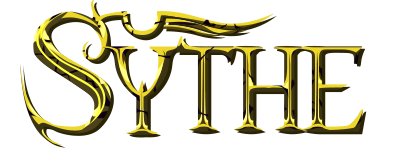Principles of Logic
Discussion in 'Archives' started by Graham, May 4, 2010.
Sign in to Post
Thread Tools
- Thread ID:
Principles of Logic
<
Plznate scammed me because I'm offsite?
|
Ninja Turtled Like Sparcs Guide To Croping Images Using Paint
>
Users viewing this thread
1 guest

